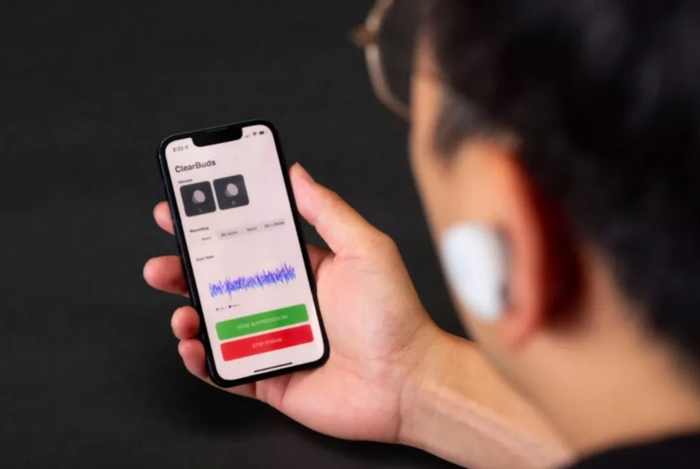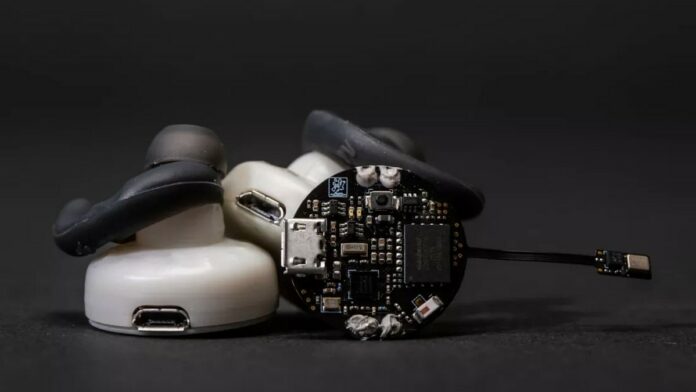© ROOT-NATION.com - Use of content is permitted with a backlink.
Most of the modern headphones & earbuds come with some sort of noise cancelation. How well this works depends on the price and brand. Apple AirPods Pro & AirPods Max, for example, are considered to be one of the best options. But their cost might scare off some potential buyers. Cheap noise-canceling headphones & earbuds are, of course, much worse. But none of them offer a complete noise cancelation, and some environmental noises steel bleed into your music.
Engineering students at the University of Washington have developed a set of earbuds that provide almost complete noise cancelation with the help of machine learning. The earbuds, called ClearBuds, were recently demonstrated at the Computing Association’s International Conference on Mobile Systems, Applications and Services. Apart from the obvious applications, AI noise canceling can be used in home speakers and to help robots track location.
A short video (below) shows the earbuds canceling the noise of a vacuum cleaner and even another person’s voice. The method effectively isolates the voice of the speaker with zero noise interference. Other tested methods still leave some of the background noise. But, of course, we’ll believe only when experiencing these earbuds ourselves.

As with other noise-canceling technologies, ClearBuds use dual microphones to capture the sound of the speaker and external sounds. However, the way signals are processed is completely different.
Maruchi Kim, a doctoral student at UoW’s Paul G. Allen School of Computer Science and Engineering explains that each earbud produces two synchronized high-resolution audio streams containing the directionality of each captured sound. This method allows AI to create a spatial audio profile of the environment and isolate the speaker’s voice and noise sources more accurately than bidirectional microphones.
“Since the speaker’s voice is close and roughly the same distance from the two earbuds, the neural network was trained to focus only on their speech and eliminate background sounds, including other voices,” the study’s co-author Ishaan Chatterjee explained. “This method is largely similar to how your ears work. They use the time difference between the sounds in your left and right ears to determine which direction the sound came from.”
Most high-end earbuds have microphones on each bud, but Allen says only one of them is actively sending sound for processing at any given time. With ClearBuds, each earbud constantly sends simultaneous audio streams. This method required the scientists to develop a special Bluetooth headphone network protocol that synchronizes the two streams to within 70 microseconds of each other.

While the ClearBuds are slightly larger than some of the most popular compact earbuds available, the AI processing still needs to be handled by a connected device that can run machine learning algorithms. The team is working to make the neural network algorithms more efficient so that the processing can be done inside earbuds themselves.
The engineers did not say about the commercialization plan. However, once their work is fully completed, the production of a commercial product or the licensing of the technology will be just around the corner.
You can also help Ukraine fight with Russian occupants via Savelife or via an official page of the National Bank of Ukraine.
- Beyerdynamic announces Free Byrd – its first TWS earbuds
- Nokia 5710 XA: a feature-phone with the built-in TWS earbuds


